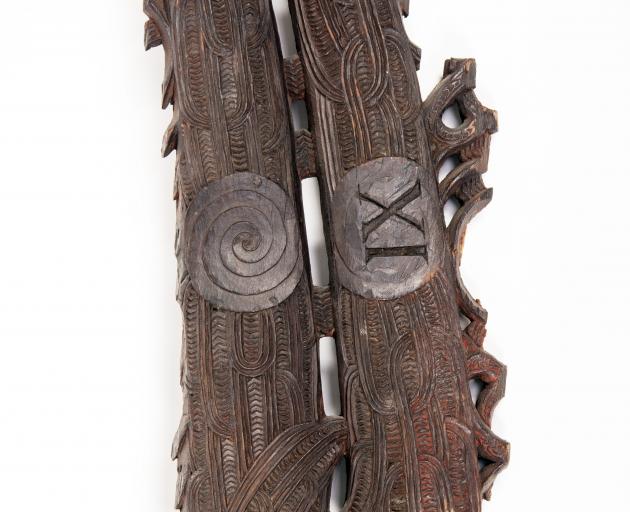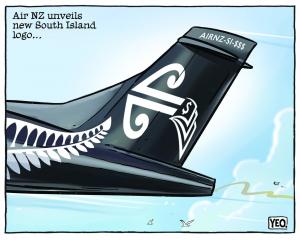
The University of Auckland’s school of architecture and planning Prof Deidre Brown spent the past eight years searching for missing Ngāpuhi carvings.
"I was always intrigued to know what they look like because I have an architecture background, I've got a design background, so I got very interested in trying to find them."
Many historians failed in their search for the carvings, but since the transition to the digital age, many museums have started to upload digital archives of their collections.
Prof Brown discovered the location of three of the carvings through a catalogue uploaded online by Getty Images.
She noticed all of the carvings were collected by the same man — Horatio Robley.
In 1910, Mr Robley sold the carvings to William Oldman, who sold some to the Ethnological Museum in Berlin in 1911 and kept the rest for his personal collection.
A year before he died, in 1948, Mr Oldman sold the carvings back to the New Zealand government.
Prof Brown discovered one of the carvings, a taurapa (standpost) for a waka-taua (war ship), at the Tūhura Otago Museum.
"It's a beautiful object — it's quite damaged, but the carving on it is really, really fine."
Not much was known about the origins of the taurapa, besides it being a very old artefact.
"The Otago Museum carving — that was the one that actually unlocked all the information for the other ones."

"I was looking at that number and I thought, ‘why is there a Roman numeral on a Māori standpost?’
"Then I remembered, Thomas Kendall wrote a list of supposedly lost carvings and I thought, ‘well, if I try and find the other ones that William Oldman had, maybe they have Roman numerals on them too."’
The Hocken library gave Prof Brown copies of Mr Kendall’s letters to help with her search.
"I found one that had never been published before that was his instructions to cast the numbers into the carvings when they arrive to London.
"It just clicked them together."
She began reaching out to museums overseas to check whether the carvings in their possession had the same thing.

It was discovered the carvings did, in fact, have Roman numerals and Prof Brown realised they were all a part of the same list of lost carvings.
"The Hocken library and Otago museum are really important players in this discovery, and they've just been super all the way through."
Prof Brown’s whānau were from Rangihoua, a place in the Bay of Islands, otherwise known as Marsden Cross.
Rangihoua was the site of the first Christian mission station in 1814.
In 1823 a number of carvings from her Ngāpuhi iwi were sent offshore by missionary Thomas Kendall and other historians.
Māori curator of the Otago Museum Gerard O’Regan said Prof Brown’s research had helped the museum significantly as they now know the carving’s origin.
He said the museum was open to discussions with Ngāpuhi about displaying the carving, or returning them to the Bay of Islands.
Although Prof Brown had not seen the taurapa in person, she hoped to do so soon.
"It would be quite an emotional thing for me, because it's likely from where I'm from, and we don't have much art left.
"To make that connection is really important."
With one carving still missing, Prof Brown would continue her search and said the last carving was likely in New Zealand, potentially with an X carved into it.












